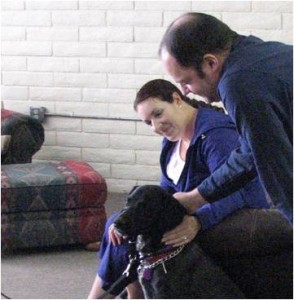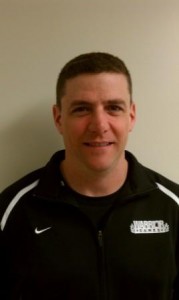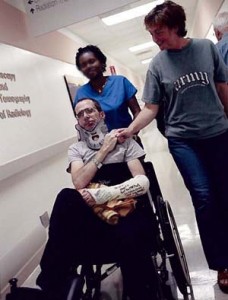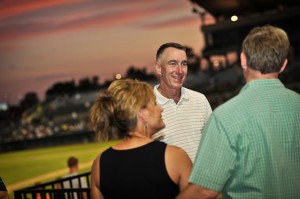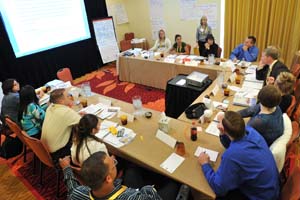
AW2 Veteran Alvin Shell continues to share his story publicly in order to inspire wounded, ill, and injured Soldiers and Veterans and to gain support for the AW2 community.
By Alli Kartachak, WTC Stratcom
Recently I had the pleasure of connecting with AW2 Veteran, retired CPT Alvin Shell who spoke with his wife two weeks ago on a panel at the 2012 Warrior-Family Symposium. After the event, I was eager to follow up with CPT Shell and learn more about him and his outlook. I respect his bravery and wanted to know why he thinks it is important to share his story. Most of all, I wanted to know how CPT Shell feels when he speaks about his journey through transition and into recovery.
Alli: What did it mean to you to share your story at the 2012 Warrior-Family Symposium?
CPT Shell: It meant a lot to share my story with the attendees at the 2012 Warrior-Family Symposium. When I saw some of the people wiping away tears, nodding their heads to affirm a point I was trying to make, and clapping their hands, it made me feel like my Family’s sacrifice was appreciated.
Alli: How have experiences like this symposium helped you throughout your recovery?
CPT Shell: Experiences like this have really helped me. I always get more from the experience than I give. Hearing other stories of triumphs, tenacity, and true American patriotism is what gets me out of bed. These other wounded warriors keep me humble and inspired. I can never complain about my burned limbs and joint pains when there are others without limbs and joints that work twice as hard as me.
Alli: What message can you give to other wounded, ill, and injured Veterans who have recently separated from the Army and are looking for jobs?
CPT Shell: Work hard. Don’t allow people to focus on your disabilities, allow them to focus on your abilities. There is no defined career track, promotion point system, or senior NCOs to guide you through your career. If you begin to feel like you deserve a promotion or a job without merit and stop relying on the tenacity that helped you fight through your recovery and through your military career, you will be left behind and miss opportunities in your organization.
Alli: What is the biggest lesson you learned through your injury and recovery?
CPT Shell: My Family is everything to me. My mother and father are my heroes. I draw strength from their wisdom and love. My three boys inspire me to work hard. They have taught me more than I have taught them. My wife has been everything a husband could ask for.
Alli: How can real people support wounded, ill, and injured Soldiers and Veterans who are actively seeking employment?
CPT Shell: Break down the preconceived ideas of what TBI, PTSD, and physical disabilities are and talk to our wounded warriors. Their patriotism will inspire. Their work ethic will enhance your company. Their stories are the building blocks of this nation.
Thank you CPT Shell for taking the time to answer my questions and share with us your positive and supportive messages. Thank you for your commitment to your fellow Veterans and your strength in supporting those who have served our country. Thank you for inspiring us.


